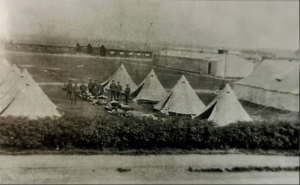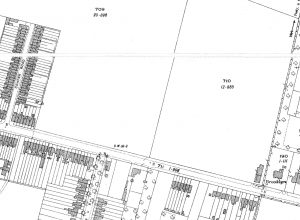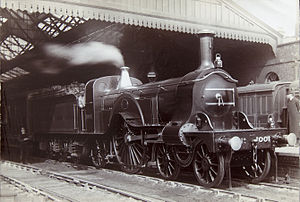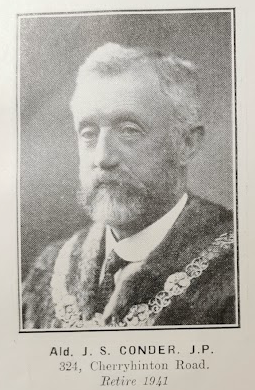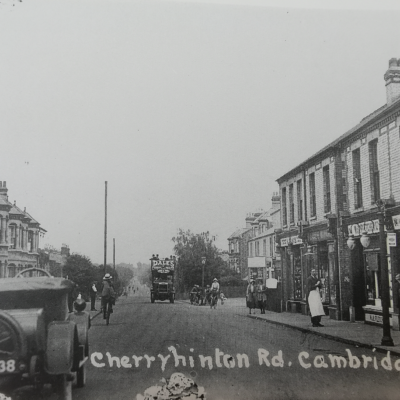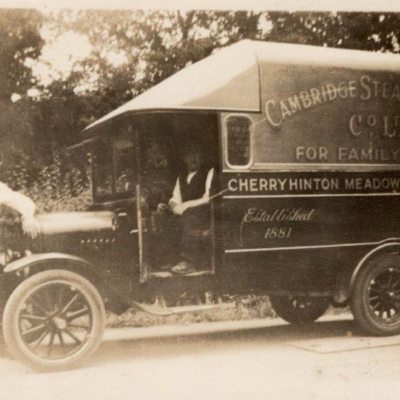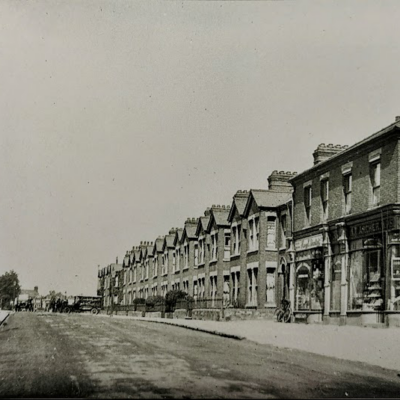Search by topic
- archaeology
- architecture
- bricklayer
- Building of Local Interest
- carpenter
- church
- crime
- dressmaker
- fire
- Great Eastern Railway
- listed building
- medieval
- oral history
- Public House
- Rattee & Kett
- Religious House
- Roman
- scholar
- school
- Then and Now
- tudor
- women
- work
- world war one
- world war two
Search by text
 Cherry Hinton WWI hospital
Cherry Hinton WWI hospital Cherry Hinton military hospital
Cherry Hinton WWI hospital
The Cambridge Evening News ran a story in December 2014 about this site and told of how at the outbreak of war in 1914 Cambridge filled with troops along with tents and horses. Soldiers were billeted in homes, schools and other public buildings.
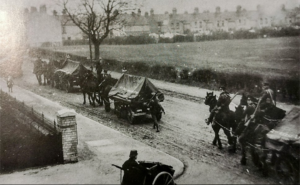
Cherry Hinton Road, opposite military hospital site, with Cowper Road in the distance (Cambridgeshire Collection)
In October 1914 it was announced that a barracks was to be built in Cherry Hinton on a field known as ‘Matthews Field’ because it was hire by Lionel Matthews, owner of the Rock Estate Dairy, for grazing his cows. The field was also used for football and polo. The CWN ‘Down Your Street’ series in 1986 quoted the recollections of Alice Mann of Cavendish Avenue who used to live in Cherry Hinton Road. She recalled that one of the regular players was Prince Harry [third son of George V] who was a student at Cambridge University at the time [1919]. She remembered that he always used to park his car in the same place – outside her home at the bottom of Cowper Road where there was a field gate.
The field had recently become famous because of its use as a landing place for the pilot Gustav Hamel who had earlier that year mysteriously disappeared over the Channel. When Gustav Hamel came to Cambridge to perform aerial stunts such as looping the loop in his monoplane on 19th May 1914, canvas screens were erected along Cherry Hinton Road to obscure the view into ‘Rock Meadows’ (letter of H C Wilkin CWN 28.1.1988).
The field was also used by a pilot of the Royal Flying Corps after the outbreak of war who was a nephew of Mr Neal of Cherry Hinton Hall. The pilot would park his plane on the field when visiting his uncle.
The builders, William Sindall, were given six weeks to complete the task; 400 men were needed to work day and night. By November there was a miniature town on the site next to Cowper Road with accommodation for 1,00 men, 30 to a hut.
Initially it was home to the locally recruited 11th (Service) Battalion (Cambs) Suffolk Regiment who moved out of their Melbourne Place School for a brief stay in Cherry Hinton.
After this it was decided that the camp should be turned into a hospital for the the treatment and isolation of soldiers suffering from venereal diseases. (There was another hospital for this purpose off the Newmarket Road where Ditton Fields is.) Those soldiers being treated were heavily guarded and not allowed to leave the camp; however there were cases of escapes. Some local residents were very unhappy about the presence of such a camp especially when there were still 800 inmates at the end of the war. Such was the moral stigma attached to the buildings that it proved impossible to find any other use for them after the war.
The two photos show the field on which the hospital was set up. In one photo Cowper Road can be seen in the distance. At the time there were no other roads between Cowper Road and Cherry Hinton Hall.
The 1920 map of Cambridge shows in detail the buildings of the Military Hospital. They actually stretched east of the later line of Mowbray Road as far as the stream which ran to the east parallel to the later line of the road. The south west corner of the hospital site was immediately opposite the junction of Hinton Avenue and Mowbray Road.
Sources: Cambridge News (Cambridgeshire Collection)
1918
Pte H C Flack aged 31 was reported to have died on 8.11.1918 at the hospital, possibly from influenza.

From Berry Croft pg 38
Contribute
Do you have any information about the people or places in this article? If so, then please let us know using the Contact page or by emailing capturingcambridge@
License
This work is licensed under CC BY-NC-SA 4.0








